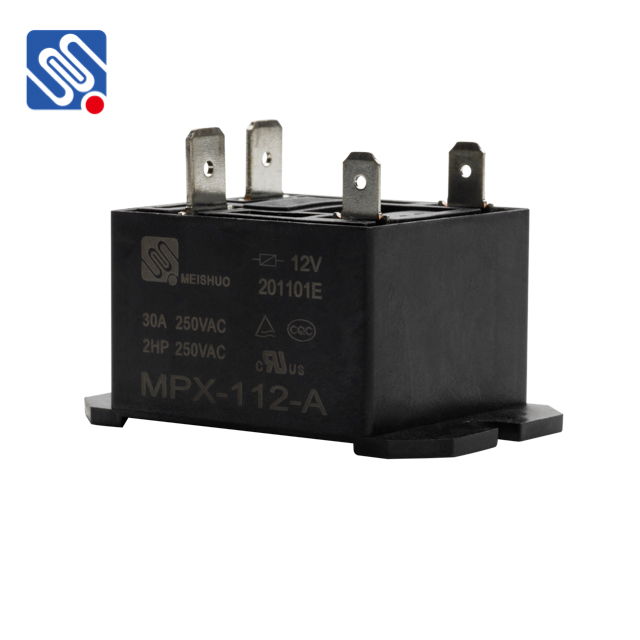A power relay is a crucial component in electrical systems, designed to control high-power electrical circuits using a low-power signal. It acts as an automatic switch, enabling control of circuits without the need for direct physical interaction. Power relays are used in various applications, including industrial machinery, home appliances, automobiles, and power distribution systems. This article delves into the essential aspects of power relays, their working principle, components, and applications.

What is a Power Relay? At its core, a power relay is an electromagnetic switch that operates on the principle of electromagnetism. When an electric current flows through the coil of the relay, it generates a magnetic field that attracts or repels the movable parts inside the relay, causing the contacts to either open or close. This action either starts or stops the flow of electricity in a connected circuit. Power relays are essential for handling high-voltage or high-current applications that cannot be directly controlled by low-voltage signals. By using a low voltage (usually in the range of 5V to 24V), the power relay can control a much higher voltage (from 110V to 480V), making them indispensable in modern electrical systems.